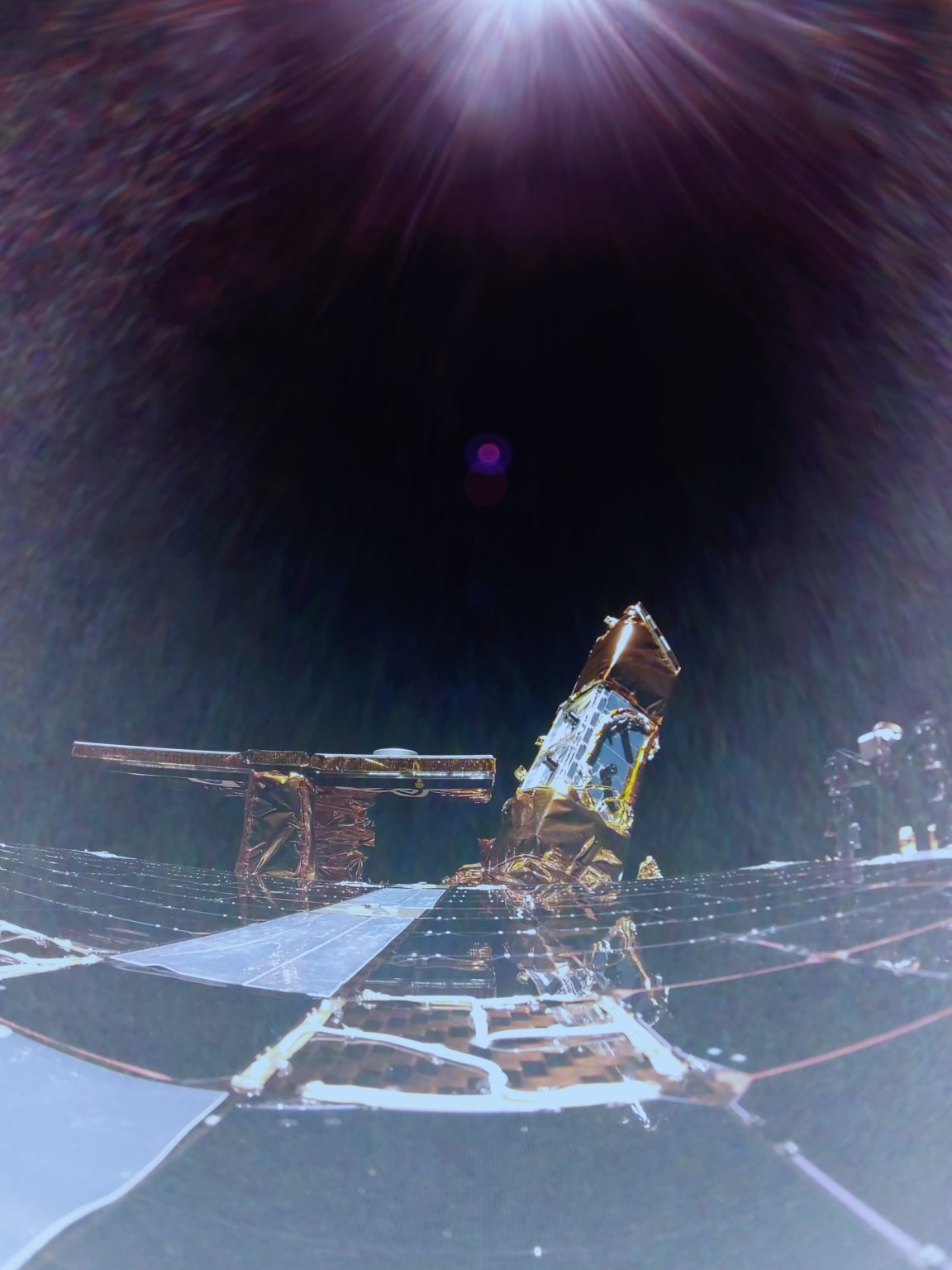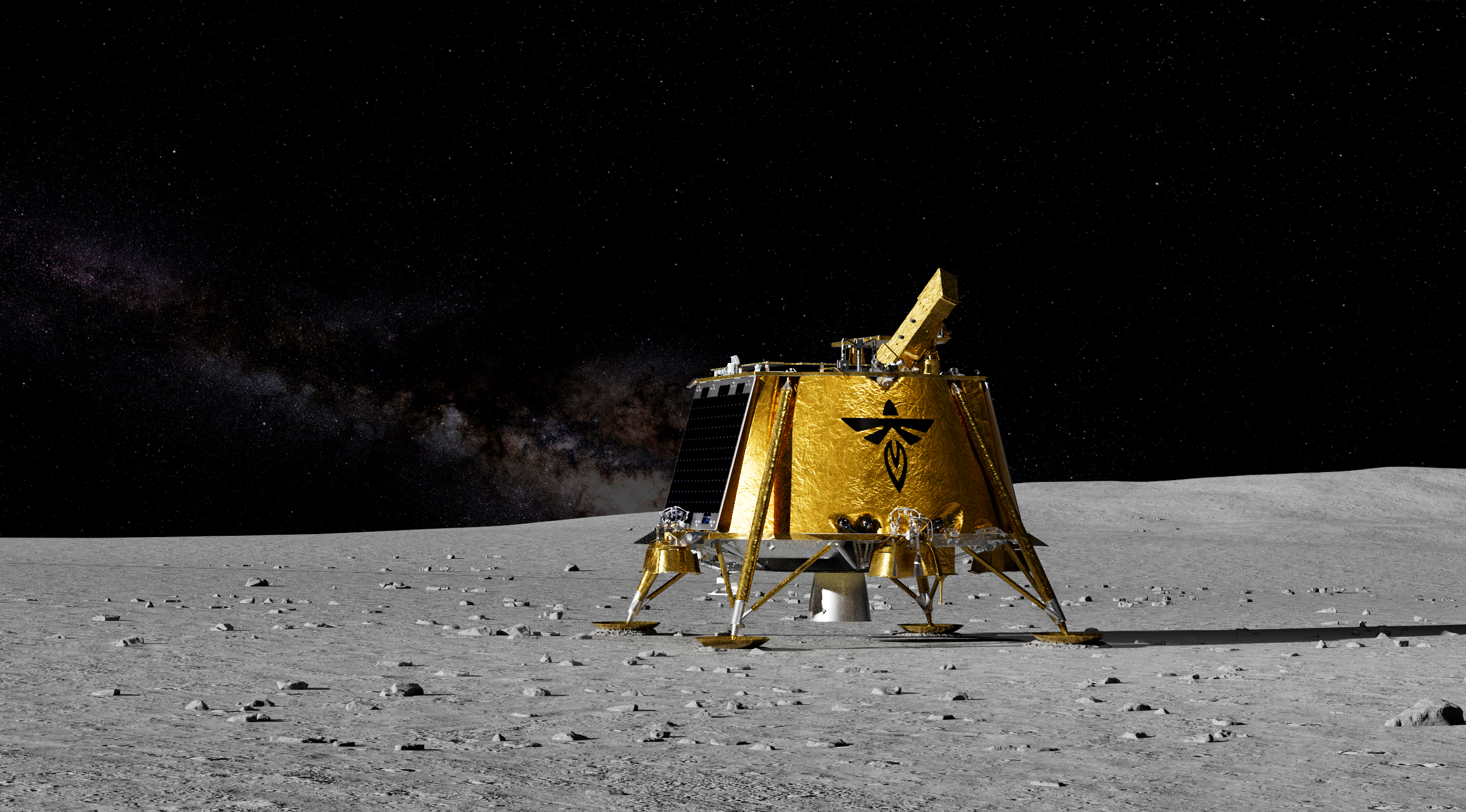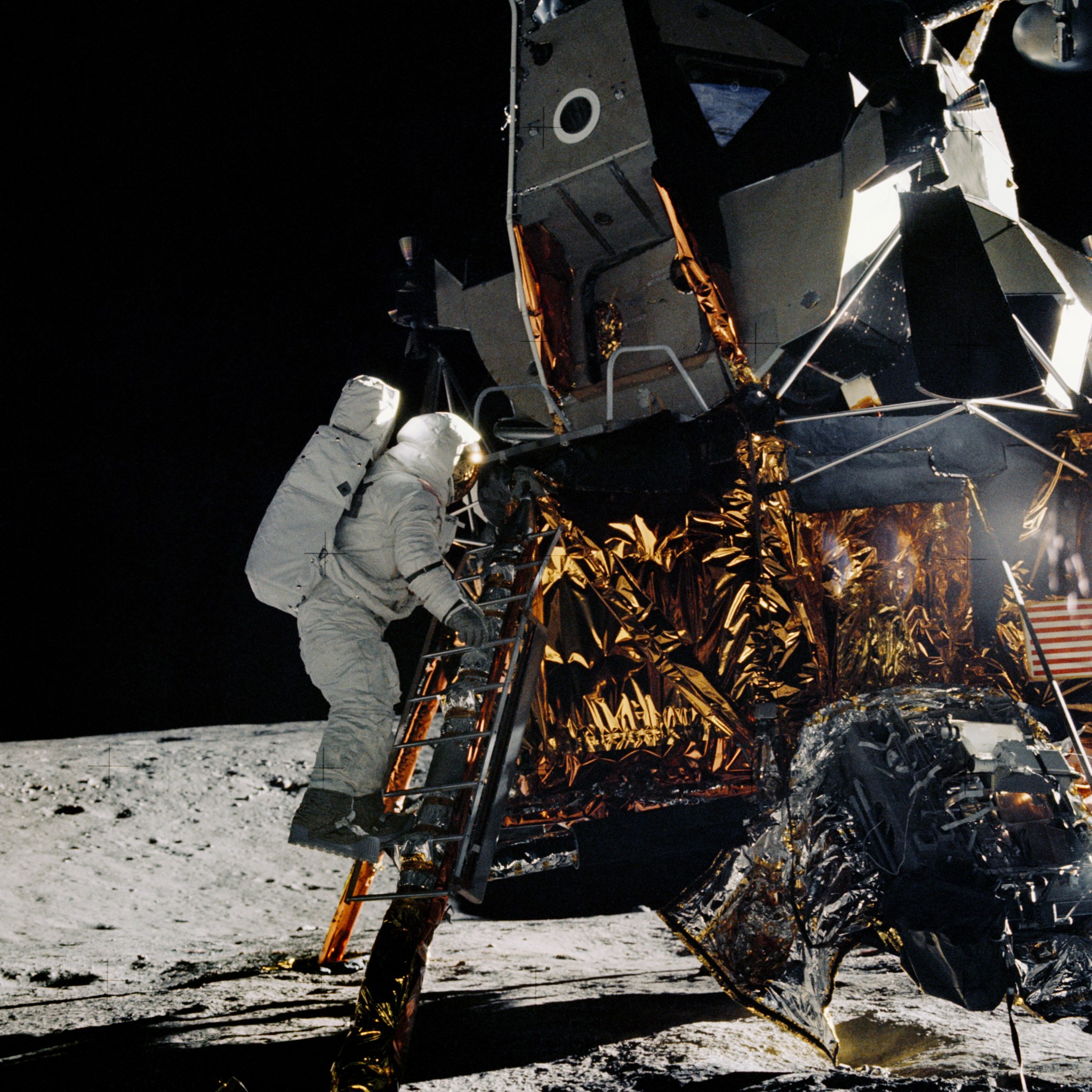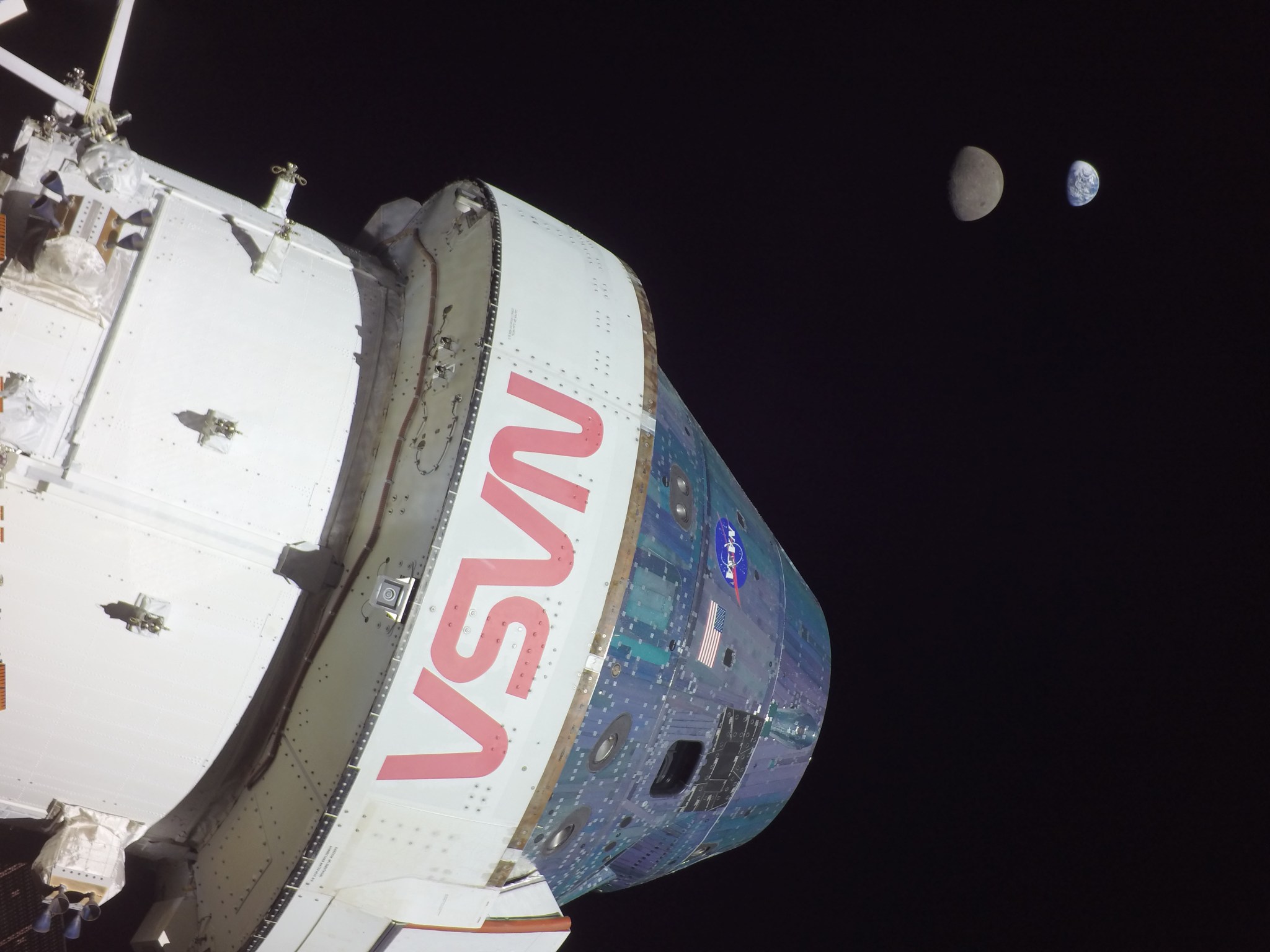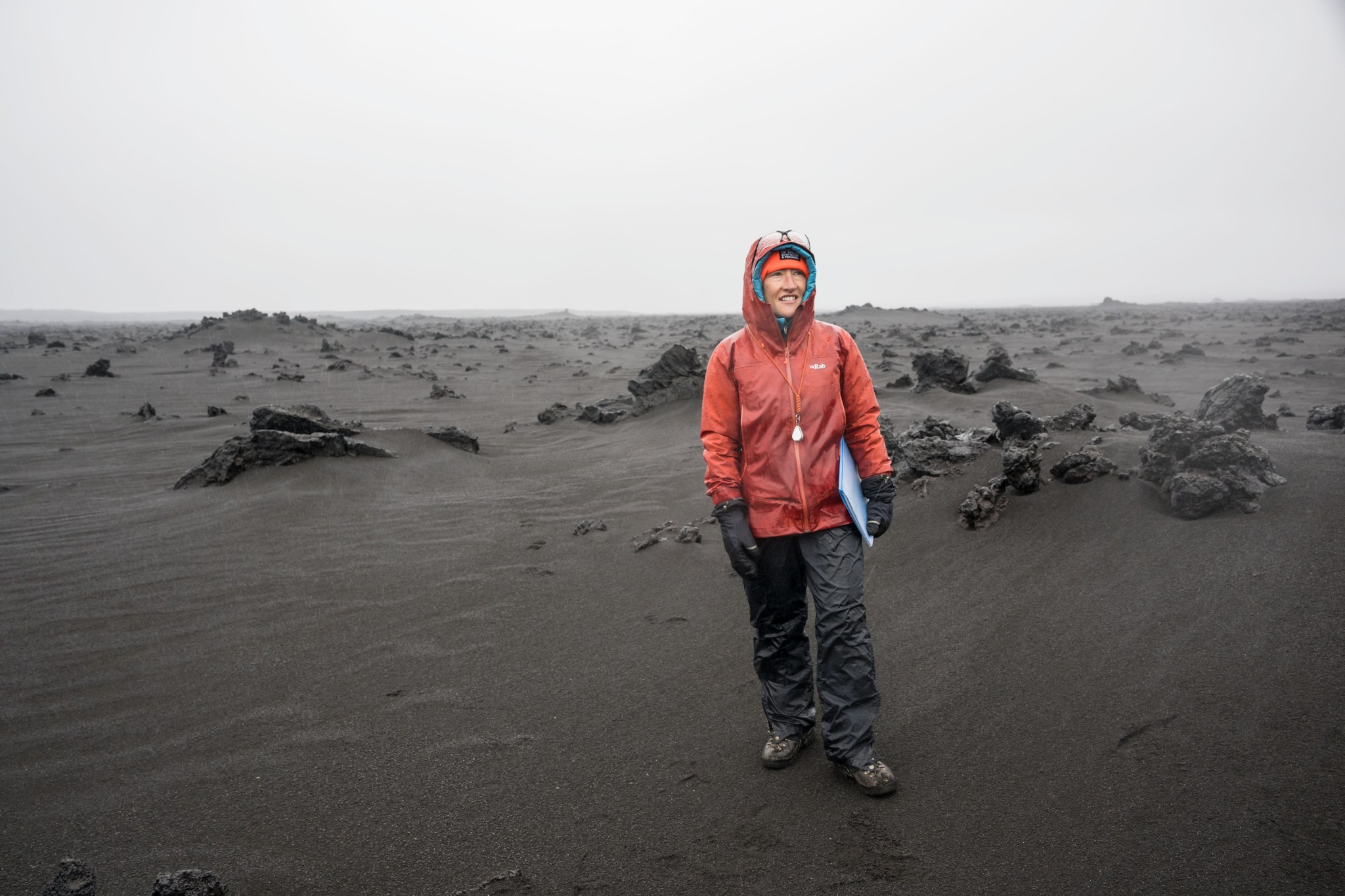4 min read What You Need To Know About the March 2025 Total Lunar Eclipse The Moon will pass into Earth’s shadow and appear to turn red on the night of March 13 or early in the morning of March 14, depending on time zone. Here’s what you need to know about the total lunar eclipse. The March 2025 total lunar eclipse will take place between late night on March 13 and early morning on March 14 across several time zones. In this data visualization, the Moon moves from right…
Read MoreTag: Earth’s Moon
Wolf Moon in Washington
NASA/Bill Ingalls A NASA photographer captured the full “wolf” moon rising over the Lincoln Memorial and Memorial Bridge on Jan. 13, 2025. The Maine Farmers’ Almanac began publishing Native American names for full moons in the 1930s. Over time, these names have become widely known and used. According to this almanac, the full moon in January is called the Wolf Moon, from the packs of wolves heard howling outside the villages amid the cold and deep snows of winter. Get tips and guides on skywatching. Image credit: NASA/Bill Ingalls
Read MoreNASA Space Tech’s Favorite Place to Travel in 2025: The Moon!
4 Min Read NASA Space Tech’s Favorite Place to Travel in 2025: The Moon! The first image from space of Firefly's Blue Ghost mission 1 lunar lander as it begins its 45-day transit period to the Moon. Credits: Firefly Aerospace NASA Space Technology has big travel plans for 2025, starting with a trip to the near side of the Moon! Among ten groundbreaking NASA science and technology demonstrations, two technologies are on a ride to survey lunar regolith – also known as “Moon dust” – to better understand surface interactions…
Read MoreNASA’s LEXI Will Provide X-Ray Vision of Earth’s Magnetosphere
5 min read NASA’s LEXI Will Provide X-Ray Vision of Earth’s Magnetosphere A NASA X-ray imager is heading to the Moon as part of NASA’s Artemis campaign, where it will capture the first global images of the magnetic field that shields Earth from solar radiation. The Lunar Environment Heliospheric X-ray Imager, or LEXI, instrument is one of 10 payloads aboard the next lunar delivery through NASA’s CLPS (Commercial Lunar Payload Services) initiative, set to launch from the agency’s Kennedy Space Center in Florida no earlier than mid-January, with Firefly Aerospace’s Blue Ghost…
Read MoreNASA Outlines Latest Moon to Mars Plans in 2024 Architecture Update
An artist’s concept of the Earth, Moon, and Mars. Credit: NASA As NASA develops a blueprint for space exploration throughout the solar system for the benefit of humanity, the agency released several new documents Friday updating its Moon to Mars architecture. The roadmap sets NASA on course for long-term lunar exploration under the Artemis campaign in preparation for future crewed missions to Mars. Following an Architecture Concept Review, the 2024 updates include a revision of NASA’s Architecture Definition Document which details technical approaches and processes of the agency’s exploration…
Read MoreOn This Day: Apollo 12 Lands on the Moon
NASA NASA astronaut Alan Bean steps off the lunar module ladder in this photo from Nov. 19, 1969, joining astronaut Charles Conrad Jr. on the Moon in the area called the Ocean of Storms. The two would then complete two spacewalks on the lunar surface, deploying science instruments, collecting geology samples, and inspecting the Surveyor 3 spacecraft, which had landed in the same area. While Bean and Conrad worked on the Moon, astronaut Richard F. Gordon completed science from lunar orbit. Learn more about Apollo 12’s pinpoint landing on the…
Read MoreThe Next Full Moon Will Be the Last of Four Consecutive Supermoons
Skywatching Skywatching Home Eclipses What’s Up Explore the Night Sky Night Sky Network More Tips and Guides FAQ 24 Min Read The Next Full Moon Will Be the Last of Four Consecutive Supermoons Guardians of Traffic statue in Cleveland, Ohio, in front of the supermoon that was visible on Sept. 17, 2024. On this day, the full moon was a partial lunar eclipse; a supermoon; and a harvest moon. Credits: NASA/GRC/Sara Lowthian-Hanna The Next Full Moon is a Supermoon; the Beaver, Frost, Frosty, or Snow Moon; Kartik Purnima; Loy Krathong;…
Read MoreArtemis I Radiation Measurements Validate Orion Safety for Astronauts
On flight day 13, Orion reached its maximum distance from Earth during the Artemis I mission when it was 268,563 miles away from our home planet. Orion has now traveled farther than any other spacecraft built for humans. Credit: NASA NASA’s Orion spacecraft is designed to keep astronauts safe in deep space, protecting them from the unforgiving environment far from Earth. During the uncrewed Artemis I mission, researchers from NASA, along with several collaborators, flew payloads onboard Orion to measure potential radiation exposure to astronauts. Radiation measurements were taken inside…
Read MoreNASA’s Artemis II Crew Uses Iceland Terrain for Lunar Training
4 Min Read NASA’s Artemis II Crew Uses Iceland Terrain for Lunar Training Credits: NASA/Trevor Graff/Robert Markowitz Black and gray sediment stretches as far as the eye can see. Boulders sit on top of ground devoid of vegetation. Humans appear almost miniature in scale against a swath of shadowy mountains. At first glance, it seems a perfect scene from an excursion on the Moon’s surface … except the people are in hiking gear, not spacesuits. Iceland has served as a lunar stand-in for training NASA astronauts since the days of…
Read MoreSuper Blue Moons: Your Questions Answered
4 min read Super Blue Moons: Your Questions Answered Moonrise over the Syr Darya river, Sunday, Nov. 13, 2016, Baikonur, Kazakhstan. NASA/Bill Ingalls A trifecta of labels is being applied to the Moon of Aug. 19, 2024. It’s a full moon, a supermoon, and finally a blue moon. You may hear it referred to as a super blue moon as a result. It sounds exciting, but what does that really mean? We’ve got you covered. What is a supermoon? The Moon travels around our planet in an elliptical orbit, or an elongated…
Read More

